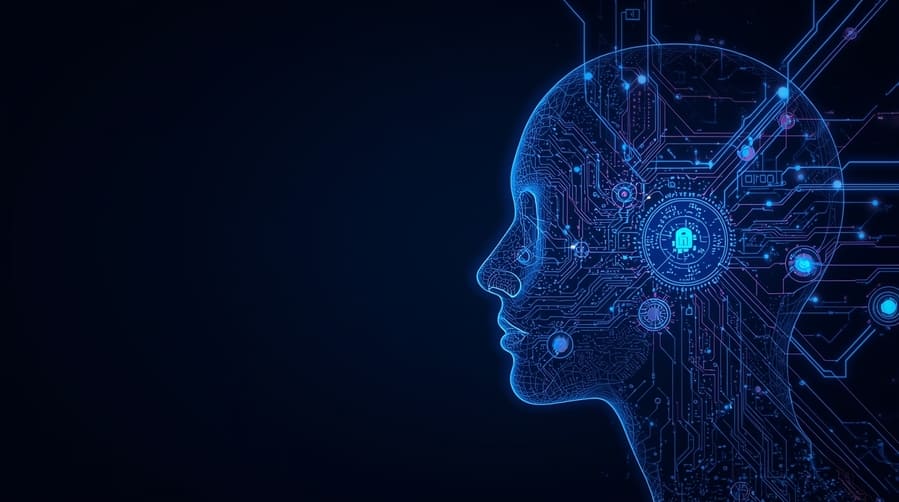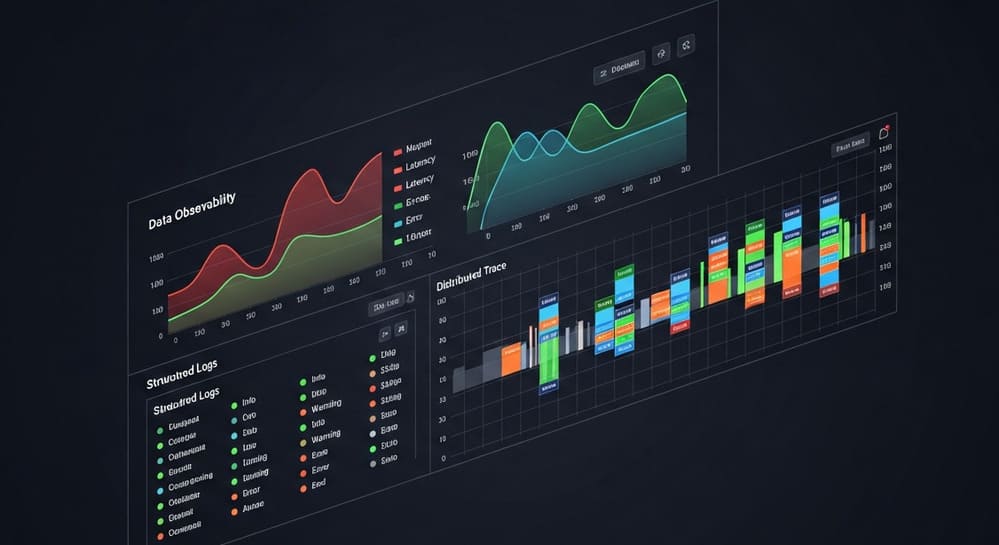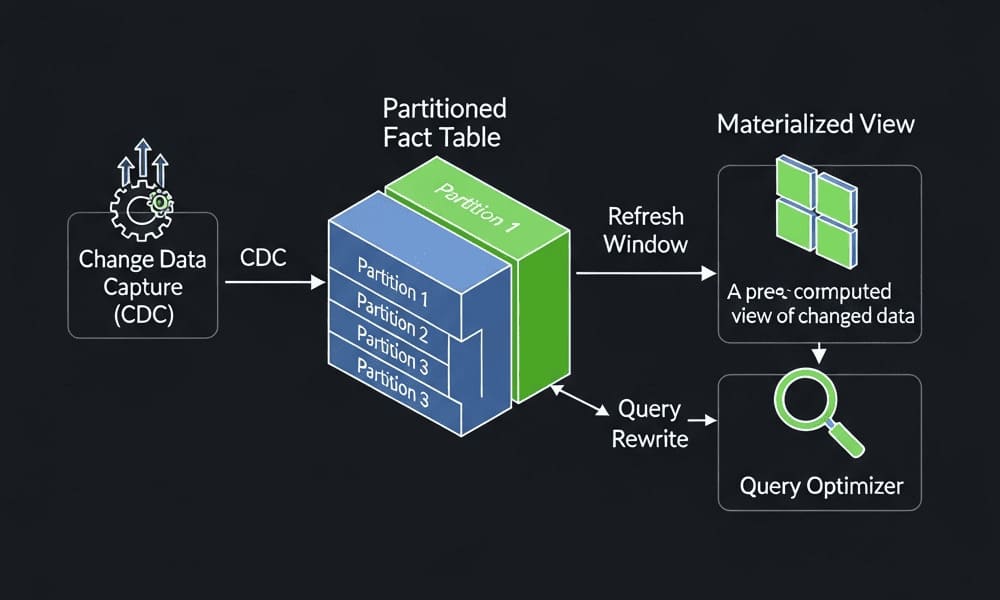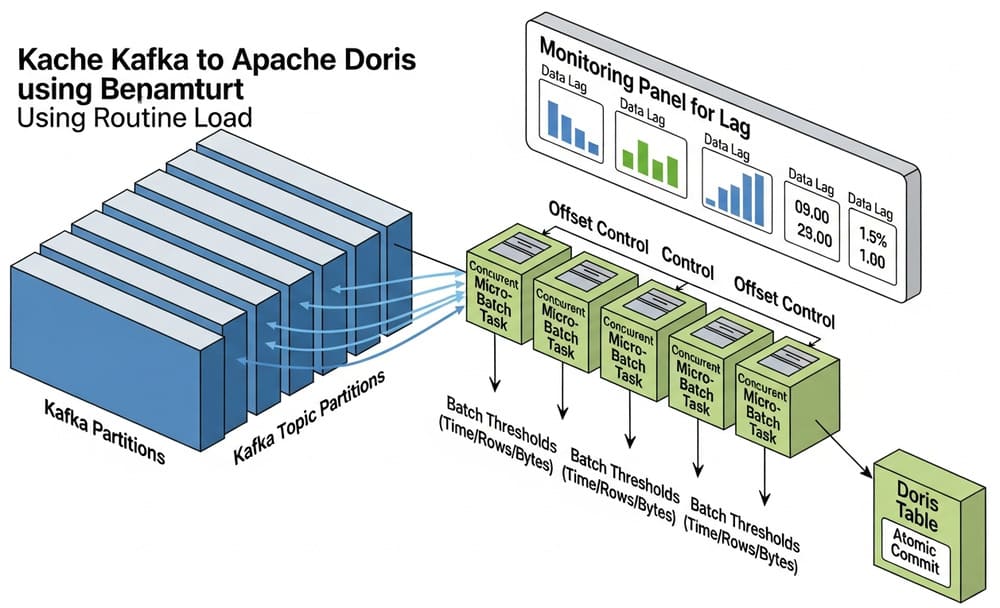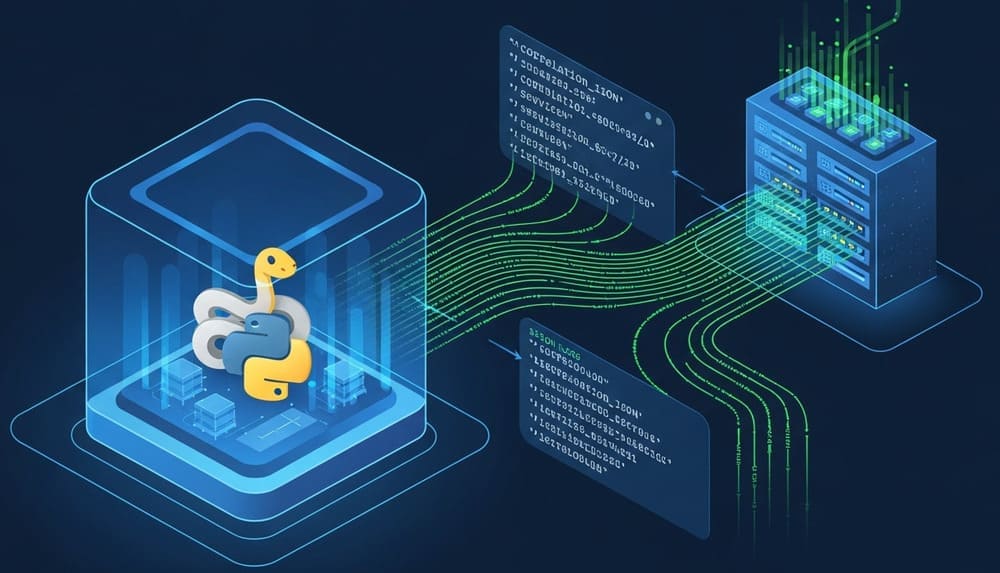Transforming Our World Through Smart Technology
In today’s rapidly evolving technological landscape, Artificial Intelligence (AI) stands at the forefront of innovation, reshaping industries, enhancing human capabilities, and fundamentally changing how we interact with technology. From the smartphones in our pockets to advanced healthcare diagnostics, AI’s influence continues to expand across every aspect of modern life.
What Is Artificial Intelligence?
Artificial intelligence refers to the simulation of human intelligence in machines programmed to think and learn like humans. These systems are designed to perform tasks that typically require human intelligence, including visual perception, speech recognition, decision-making, and complex problem-solving. Unlike traditional software that follows pre-programmed instructions, AI systems can analyze data, identify patterns, and improve their performance over time without explicit programming.
The core components that make AI function include:
- Machine Learning: AI systems learn from data and experiences, improving performance without being explicitly programmed
- Neural Networks: Computing systems inspired by the human brain’s structure
- Natural Language Processing: Enabling computers to understand, interpret, and generate human language
- Computer Vision: Allowing machines to identify and process images and visual information
The Evolution of Artificial Intelligence
The journey of AI has been marked by significant milestones spanning several decades:
Early Foundations (1950s-1960s)
The conceptual groundwork for AI was laid in the 1950s when British mathematician Alan Turing proposed the “Turing Test” to determine if a machine could exhibit intelligent behavior indistinguishable from a human. In 1956, computer scientist John McCarthy coined the term “artificial intelligence” at the Dartmouth Conference, which is widely considered the birthplace of AI as a field of study.
Early AI research focused on symbolic reasoning and logic-based approaches, with systems like ELIZA demonstrating rudimentary conversational abilities. However, these systems operated within highly constrained environments with limited practical applications.
AI Winters and Revivals (1970s-1990s)
The field experienced cycles of optimism followed by periods of reduced funding and interest, known as “AI winters.” Initial high expectations were dampened by the technology’s limitations, particularly in processing power and data availability. Despite these challenges, important advances continued, including the development of expert systems in the 1980s that could replicate human decision-making in specific domains.
The Machine Learning Revolution (2000s-2010s)
The early 2000s witnessed a renaissance in AI research driven by:
- Exponential increases in computing power
- The proliferation of big data
- Breakthroughs in machine learning algorithms, particularly deep learning
This period saw AI transition from academic research to practical applications across industries. IBM’s Watson defeating champions on Jeopardy! in 2011 and DeepMind’s AlphaGo beating the world champion in Go in 2016 demonstrated AI’s growing capabilities.
The Era of Generative AI (2020s-Present)
The launch of ChatGPT in late 2022 marked a pivotal moment in AI’s public adoption, becoming the fastest-growing consumer application in history. This period has been characterized by remarkable advances in generative AI, capable of creating text, images, code, and other content that closely mimics human creative output.
In 2024-2025, the AI landscape has evolved further with developments including:
- The rise of AI agents with greater autonomy
- More efficient and specialized AI models
- Increased focus on AI safety and ethics
- Integration of multimodal capabilities (processing text, images, video, and audio)
- Expanded applications across industries
Current Applications of AI
Artificial intelligence is no longer a futuristic concept but a present reality transforming numerous sectors:
Healthcare
AI is revolutionizing healthcare through improved diagnostic capabilities, personalized treatment plans, and increased operational efficiency. Machine learning algorithms can analyze medical images to detect conditions like cancer with accuracy that rivals or exceeds human specialists. AI-powered tools support drug discovery, monitor patient vital signs, and help manage administrative tasks, freeing healthcare professionals to focus on patient care.
Business and Finance
In the corporate world, AI drives efficiency through process automation, customer insights, and predictive analytics. Intelligent systems analyze market trends, optimize supply chains, and enhance customer experiences through personalized recommendations. Financial institutions leverage AI for fraud detection, algorithmic trading, and risk assessment, processing vast amounts of data to identify patterns invisible to human analysts.
Transportation and Mobility
The transportation sector is being transformed by AI through autonomous vehicles, intelligent traffic management systems, and route optimization. Self-driving technology continues to advance, while AI algorithms help reduce congestion, improve safety, and lower emissions through more efficient transportation networks.
Education
AI is personalizing learning experiences by adapting content to individual student needs and progress. Intelligent tutoring systems provide targeted feedback, virtual learning assistants support students, and administrative tasks are streamlined through automation, allowing educators to focus on high-value teaching activities.
Entertainment and Media
Content creation and consumption have been revolutionized by AI systems that can generate music, art, videos, and written content. Recommendation algorithms help consumers discover relevant content, while generative AI tools assist creative professionals in producing and editing media.
The Future of AI: Trends and Developments
As we look ahead to 2025 and beyond, several key trends are shaping the future of artificial intelligence:
Agentic AI
AI systems are becoming more autonomous, capable of taking independent actions to achieve specified goals. These “AI agents” can perform complex sequences of tasks, make decisions, and interact with other systems and humans with minimal supervision. This represents a shift from passive tools to active collaborators in various domains.
AI Optimization
Organizations are focusing on maximizing the value of AI investments through more efficient models, better integration with existing systems, and measurable business outcomes. The emphasis is shifting from experimentation to optimization of AI deployments.
Multimodal AI
AI systems capable of processing and generating multiple types of data—including text, images, audio, and video—are becoming more sophisticated. These multimodal systems better reflect human-like understanding of the world and enable more natural human-computer interaction.
Personalized AI Experiences
AI is becoming increasingly tailored to individual preferences and needs, offering customized experiences across applications. From healthcare to entertainment, AI systems adapt to user behavior, preferences, and contexts to deliver more relevant and effective services.
AI in Scientific Discovery
AI is accelerating scientific advancement by helping researchers analyze complex data, simulate experiments, and generate hypotheses. From drug discovery to climate modeling, AI tools are enhancing human capabilities and opening new frontiers in research.
Ethical Considerations and Challenges
The rapid advancement of AI technology brings with it significant ethical challenges that must be addressed:
Bias and Fairness
AI systems trained on biased data can perpetuate or amplify existing social inequalities. Ensuring fairness across different demographic groups remains a significant challenge, requiring diverse training data and regular auditing of AI systems for discriminatory patterns.
Privacy and Data Security
The data-hungry nature of AI raises important privacy concerns. As AI systems collect and analyze increasing amounts of personal information, robust data protection measures and transparent data practices become essential to maintain user trust.
Transparency and Explainability
Many advanced AI systems operate as “black boxes,” making decisions through processes that are not easily understood by humans. This lack of transparency poses challenges for accountability, especially in high-stakes domains like healthcare, criminal justice, and finance.
Job Displacement and Economic Impact
While AI creates new opportunities and enhances productivity, it also has the potential to automate certain jobs. Preparing for this transition through education, reskilling programs, and new economic models is crucial to ensure AI benefits society broadly.
Regulation and Governance
Developing appropriate regulatory frameworks for AI is an ongoing challenge. The European Union’s AI Act, implemented in 2024, represents the first comprehensive legal framework for AI globally, categorizing AI applications by risk level and imposing stricter requirements for high-risk applications.
Conclusion
Artificial intelligence represents one of the most transformative technologies of our time, with far-reaching implications for how we work, learn, communicate, and solve problems. While the potential benefits of AI are enormous—from advancing scientific discovery to improving healthcare outcomes—realizing this potential requires thoughtful development practices, appropriate governance frameworks, and a commitment to human-centered design.
As AI continues to evolve, maintaining a balance between technological innovation and ethical considerations will be essential. The most successful AI implementations will be those that augment human capabilities, respect fundamental rights and values, and address meaningful societal challenges.
By understanding both the capabilities and limitations of artificial intelligence, we can harness this powerful technology to create a future where humans and intelligent machines work together to address our most pressing problems and unlock new possibilities.
#ArtificialIntelligence #MachineLearning #AIEthics #TechInnovation #FutureOfAI #DigitalTransformation #DataScience #AIApplications #TechnologyTrends #SmartTechnology

